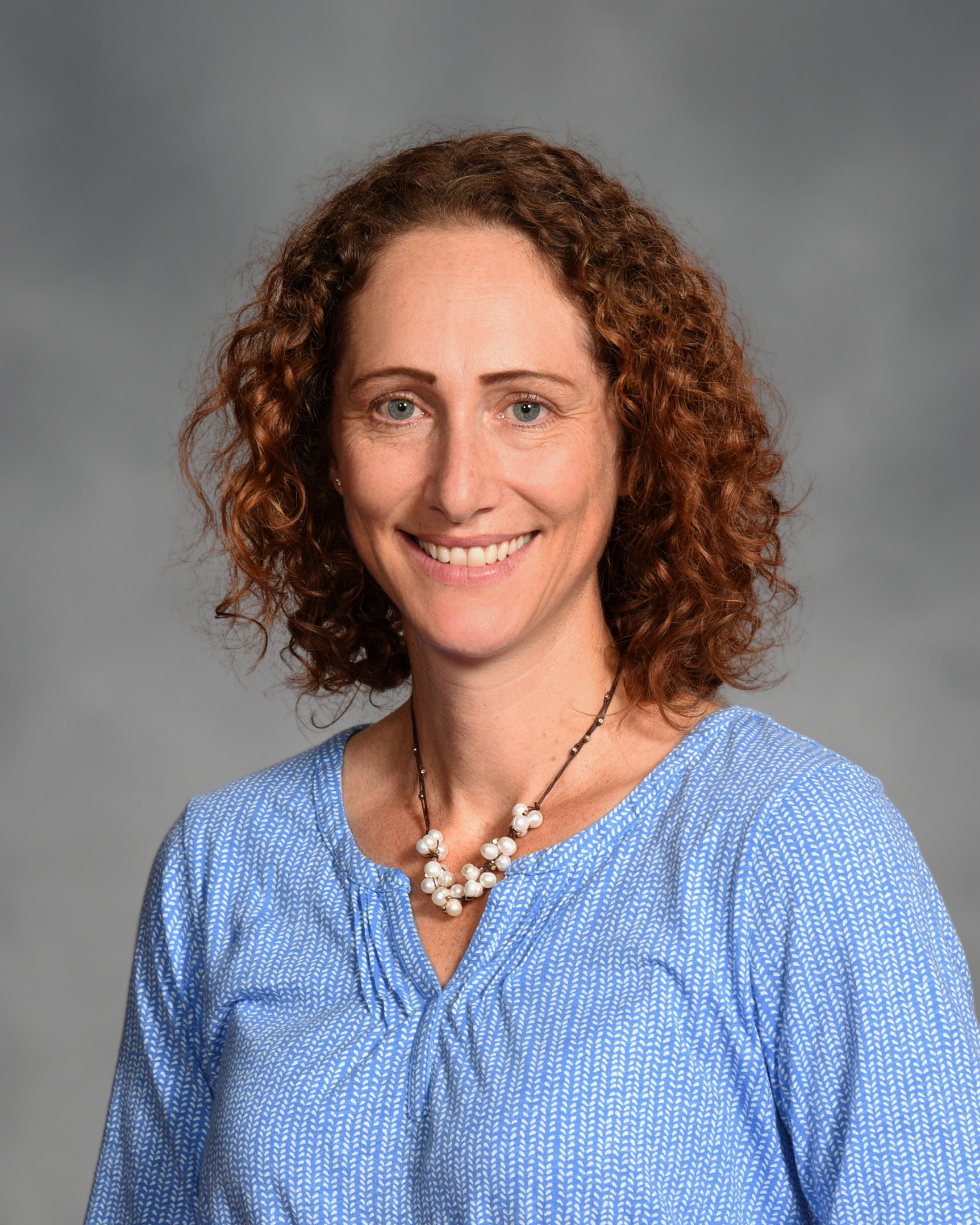
"Photochemistry of consequence: Using ultrafast time-resolved spectroscopy to uncover the photophysics of organic, inorganic and materials systems"
Nature uses photochemistry that occurs on ps – s time scales to carry out numerous functions critical to plant and human existence. The light-harvesting complex of photosynthesis starts the process by which plants convert sunlight into chemical energy. Phytochromes are responsible for a plant’s ability to grow towards light, and light-sensitive rhodopsin enables human vision. In my lab, I use time-resolved spectroscopic techniques to uncover photophysics critical to a wide range of chemistry. At the center of my research efforts is transient absorption spectroscopy (TAS). TAS allows me to instantaneously (0.1 ps) initiate a chemical event and monitor (with sub-ps resolution) the progress of a reaction to identify the fates of photogenerated species.
One of the central thrusts of my research lab aims to identify and optimize the excited-state processes that promote degradation on demand. This research leads to an understanding of the photoinduced degradation mechanism for directly excited dyes and provides key insights into how the structure of azo dyes can be used to control their excited-state dynamics in a variety of ways. With this knowledge, we are poised to design new dyes that can be programmed for on-demand or self-initiated degradation. On-demand degradation is critical for dye remediation, while self-initiated degradation could be exciting to industries in designing color-changing clothing.
My lab also studies reactions in real-life conditions to best understand how exposing photoactive molecules and materials to more realistic operating conditions impacts the photoinduced processes within those materials. Many of the experiments we perform as chemists are complex and therefore are carried out on molecular and materials systems under simplified, or ex situ, conditions. In situ and operando TAS experiments are severely lacking despite the important implications to how such conditions impact charge transfer. Because of this, the mechanisms we propose from these experiments may not be revealing the whole picture. We therefore interrogate materials that are relevant for photovoltaics and photoelectrochemical cells seeking to clarify how these photoactive materials behave as part of multiple-layer stacks, or under the applied bias and steady-state illumination conditions under which they typically function to understand how our kinetic picture must be modified under more real-life conditions experienced by photoactive materials.
Specifically, in this presentation I will show that my laboratory has:
(1) quantified photoinduced charge-transfer dynamics and developed models for charge carrier mechanisms operative in thin films of light-absorbing materials used in solar cells;
(2) identified and controlled photoisomerization reactions of azo dyes known to convert photonic energy to potential energy, and developed reactions to degrade azo dye pollution released from the textile industry;
(3) uncovered new photophysical pathways in designer porphyrinoid moieties that can be used for a wide range of applications including photodynamic therapy; and
(4) designed excited-state proton-coupled electron transfer reactions in which the movement of both electrons and protons can lead to new reaction mechanisms and more facile reaction kinetics.
